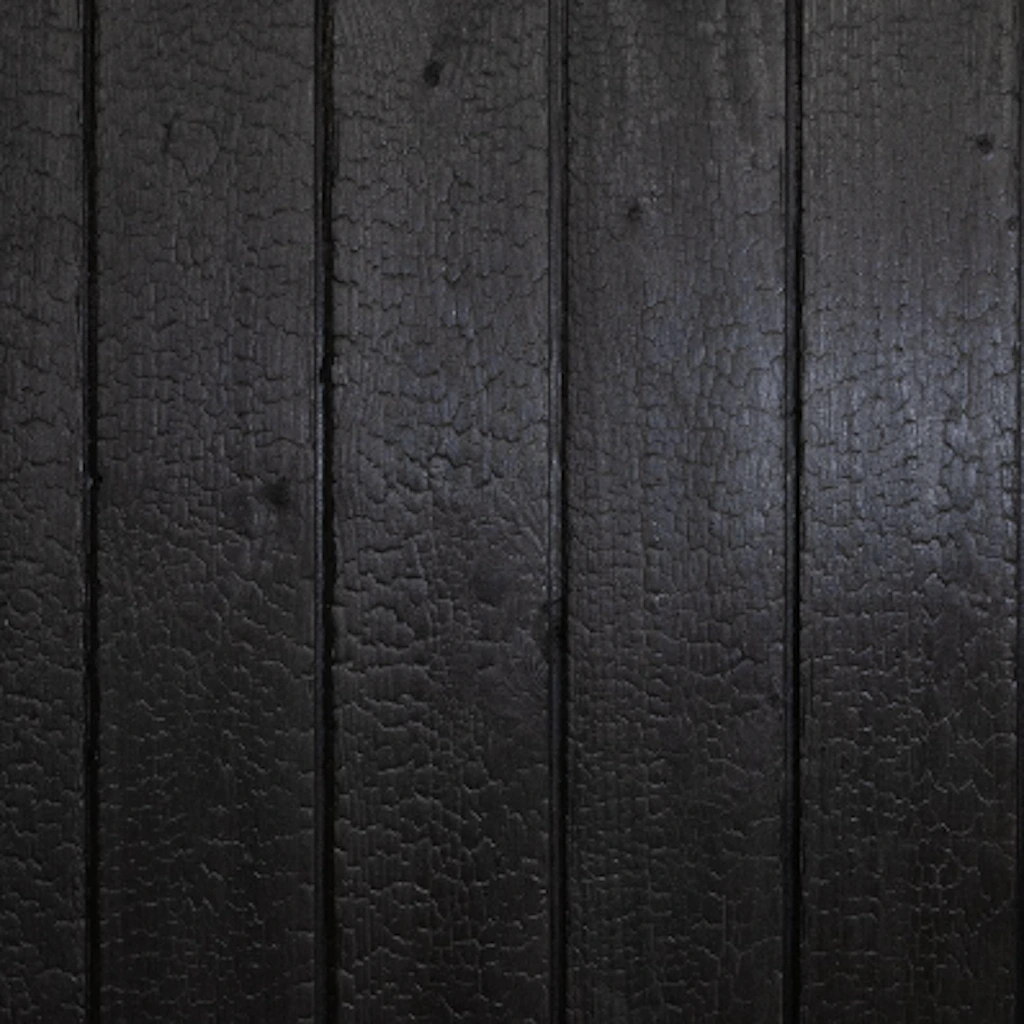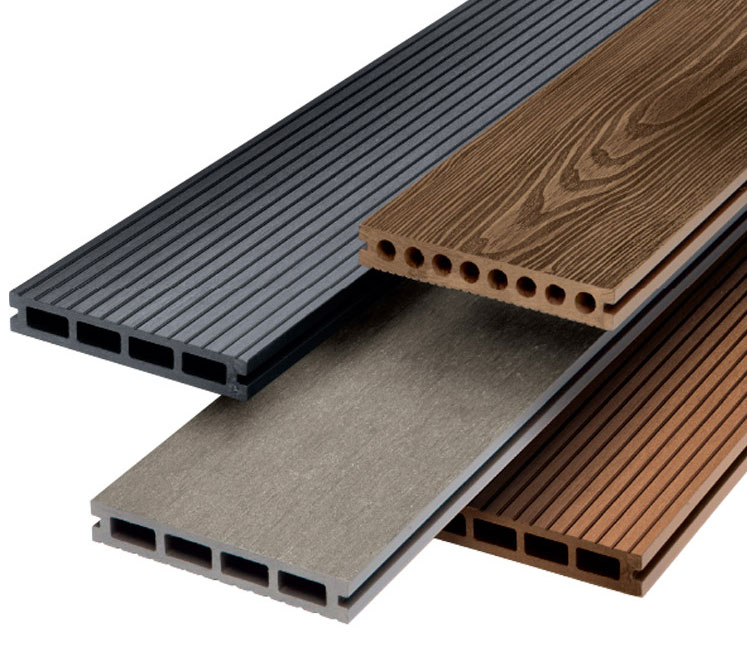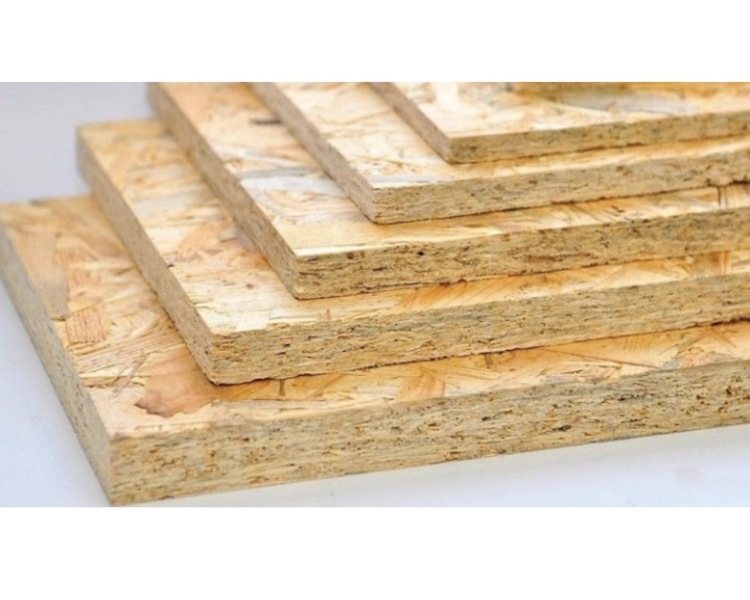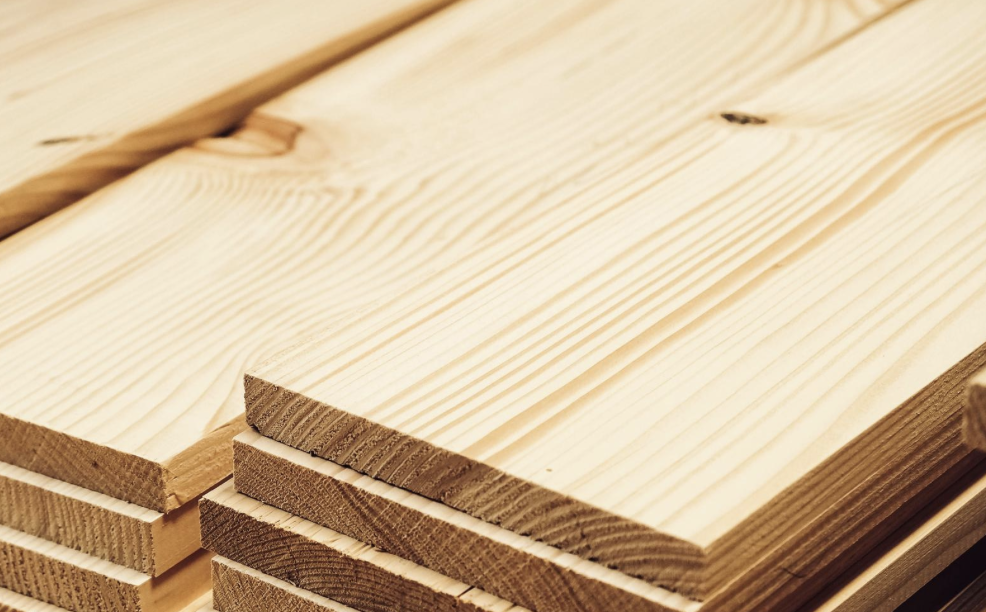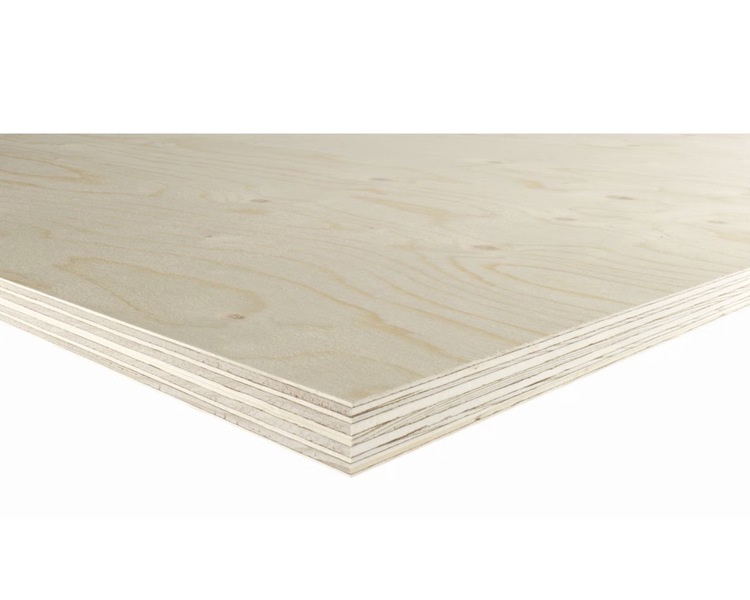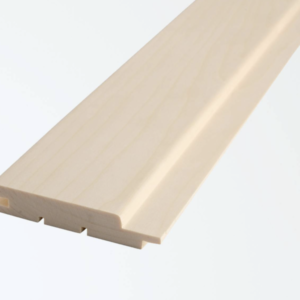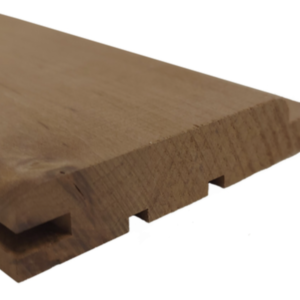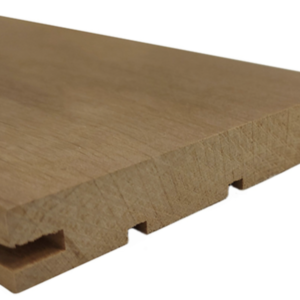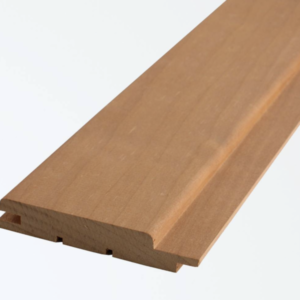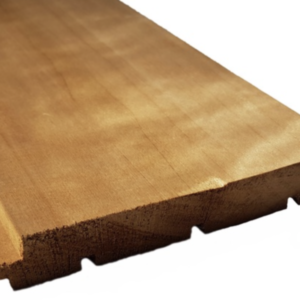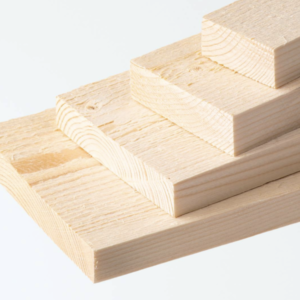Wood Products
The selection and use of construction materials have evolved alongside human civilization. During the Stone Age, primarily natural materials such as stones and wood were used to build shelters and living spaces. Over time, technological advancements have led to new materials and solutions that offer durability, efficiency, and aesthetics. Products made from wood, like plywood, composite wood, and OSB boards, play a significant role in this evolution. Plywood is a historical construction material that has been in use for centuries. Its origins trace back to the civilizations of Egypt and Rome, where wooden shields were used for furniture and structural constructions. Today, plywood has undergone significant changes, offering various types such as moisture-resistant plywood and laminated plywood, suitable for different purposes.
Moisture-resistant plywood: This type of plywood is a crucial solution in construction where the material must withstand the effects of moisture and dampness. Its development is a response to the need for durable materials that retain their strength and structure even in moist environments. Moisture-resistant plywood has been utilized in numerous projects, ranging from furniture to exterior wall constructions.
OSB BOARD: The Oriented Strand Board, or OSB board, is a modern construction material that has found its place among traditional wood materials. Its technological evolution began in the second half of the 20th century when the demand for efficient and affordable construction materials grew. The OSB board is made from cross-laminated wood chips, which are pressed and glued together, providing a strong and stable surface for various applications.
FLOORING OSB BOARDS: OSB boards are widely used in flooring constructions. Their strength and durability make them a suitable base for various finishing materials. These floorboards can also be used directly for flooring, offering a durable and reliable surface.
Technological innovation in construction materials continues as the demand for durable and sustainable solutions grows. New materials like composite wood may pave the way for even more efficient and environmentally friendly solutions. The continuous development and use of construction materials significantly impact the durability, efficiency, and environmental footprint of our construction projects. Construction materials are an essential part of our environment where the past and present meet through innovation. Plywood wall panels, OSB floorboards, and other construction materials are integral parts of our homes and infrastructure, and their selection directly affects their durability and aesthetics.
Subcategories
Products
Showing 85–92 of 92 results
-
saleOriginal price was: €5.20.€4.52Current price is: €4.52.
Sauna wall panel Aspen STP A 15x90
Wood Products -
saleOriginal price was: €6.70.€5.59Current price is: €5.59.
Sauna wall panel thermo alder A STP 15x90
Wood Products -
saleOriginal price was: €8.50.€7.94Current price is: €7.94.
Sauna wall panel thermo alder A STS 15x120
Wood Products -
saleOriginal price was: €6.50.€5.59Current price is: €5.59.
Sauna wall panel thermo aspen A STP 15x90
Wood Products -
saleOriginal price was: €8.40.€7.94Current price is: €7.94.
Sauna wall panel thermo aspen A STS 15x120
Wood Products -
saleOriginal price was: €1.90.€1.54Current price is: €1.54.
SHK 21x120 spruce AB finely sawn
Wood Products -
saleOriginal price was: €2.10.€1.86Current price is: €1.86.
SHK 21x145 Spruce AB finely sawn
Wood Products -
saleOriginal price was: €1.70.€1.25Current price is: €1.25.
SHK 21x95 Spruce AB finely sawn
Wood Products
Showing 85–92 of 92 results
